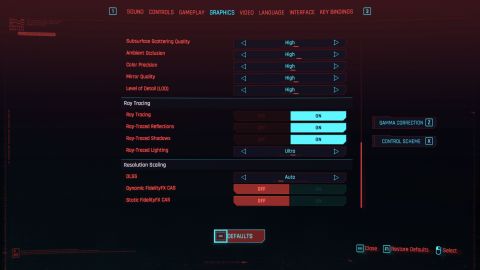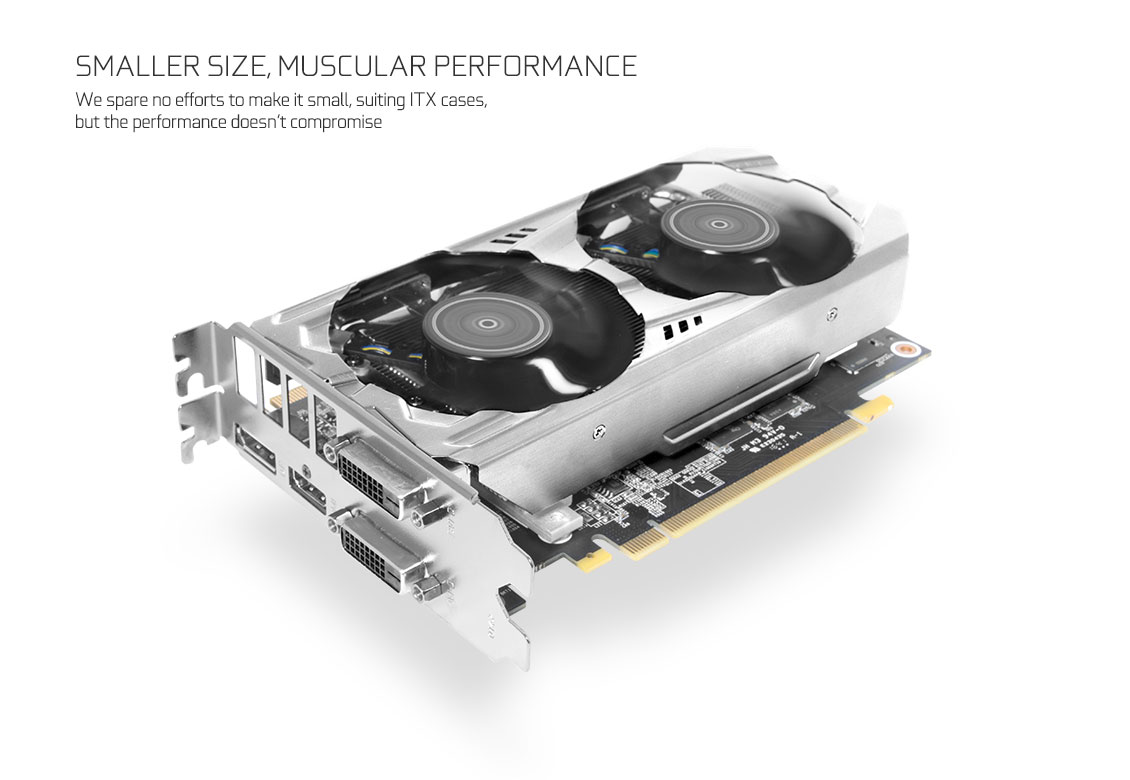

We don’t give a lot of credence to synthetic benchmarks as they only are useful for the engines they are designed with and they have little to do with actual performance for any games.
THE CLIMB VR GTX 1070 GRAPHICS SETTINGS PLUS
Let’s individually look at our eleven VR games’ performance plus two synthetic benches using FCAT-VR. By setting the Power Limits and Temperature limits to maximum for each card, they do not throttle, but they can each reach and maintain their individual maximum clocks. We used MSI’s Afterburner to set both GeForce cards’ highest Power and Temperature targets just as we used Wattman similarly for the liquid-cooled RX Vega 64. All of the engines are identified in each of the following game’s descriptions. The Creation engine is used for two games, while the Ego, COBRA, Cryengine, and Madness engines are each represented by one game. The Unreal 4 engine is probably one of the two most popular engines for VR development, and five of our games use it. All 11 VR games are patched to their latest versions at time of publication.ġ1 VR Game benchmark suite & 2 synthetic tests Synthetic.Highest quality sound (stereo) used in all games.Unconstrained framerate results show average frame rates in bold including dropped and synthetic frames shown on the chart next to the averages in a smaller italics font.Nvidia’s Game Ready 430.86 WHQL drivers.EVGA DG-77, mid-tower case supplied by EVGA.EVGA Nu Audio stereo PCIe sound card, supplied by EVGA.EVGA CLC 280mm CPU water cooler, supplied by EVGA.Seasonic 850W Gold Focus power supply unit.2 x 480GB Team Group SSDs – 1 for Radeon and 1 for GeForce.Liquid-Cooled RX Vega 64, 8GB at liquid-cooled clocks.GTX 1080 8GB Founders Edition, stock FE clocks, on loan from NVIDIA.RTX 2070 8 GB Founders Edition, stock FE clocks, on loan from NVIDIA.T-Force XTREEM 16GB DDR4 (2×8 GB, dual channel at 3866MHz), supplied by Team Group.EVGA Z370 FTW motherboard (Intel Z370 chipset, latest BIOS, PCIe 3.0/3.1 specification, CrossFire/SLI 8x+8x), supplied by EVGA.Intel Core i7-8700K (HyperThreading and Turbo boost is on to 4.8 GHz for all cores Coffee Lake DX11 CPU graphics).Before we benchmark our eleven VR games, take a look at our Test Configuration. It is also very important to understand how one can accurately benchmark VR as explained here. It is important to be aware of VR performance since poorly delivered frames will actually make a VR experience quite unpleasant and a gamer may even become VR sick. To compound the difficulties of benchmarking these games, there are additional complexities because of the way it uses a type of frame reprojection called asynchronous space warp (ASW) to keep framerates steady at either 90 FPS or at 45 FPS. Until FCAT VR was released there was no universally acknowledged way to accurately benchmark Oculus Rift games. Here are the eleven VR games that we benchmark:
THE CLIMB VR GTX 1070 GRAPHICS SETTINGS WINDOWS 10
BTR’s testing platform is an Intel Core i7-8700K at 4.8GHz, an EVGA Z370 FTW motherboard and 16 GB of T-Force XTREEM DDR4 at 3866MHz on Windows 10 64-bit Home Edition.

We currently benchmark eleven Oculus Rift VR games at maxed-out settings using the liquid-Cooled RX Vega 64 (LC) versus the GTX 1080 Founders Edition (FE) and versus the RTX 2070 Founders Edition (FE). For BTR’s VR testing methodology, please refer to this evaluation. We have also compared FCAT VR with our own video benchmarks using a camera to capture images directly from the Rift’s lens.

Since we posted our original review over two and one-half years ago, we have benchmarked up to 20 VR games for our follow-up reviews over the past thirty months. We now present an eleven-game upper-midrange video card VR performance face-off measuring frametimes and unconstrained performance using FCAT VR. This is a follow-up to our April VR evaluation where we saw the Turing RTX 2080 move ahead of the Pascal GTX 1080 Ti in VR performance. It has been nearly two years since BTR compared the GTX 1080 versus the RX Vega 64 in VR, and this time we have added the RTX 2070.


 0 kommentar(er)
0 kommentar(er)
